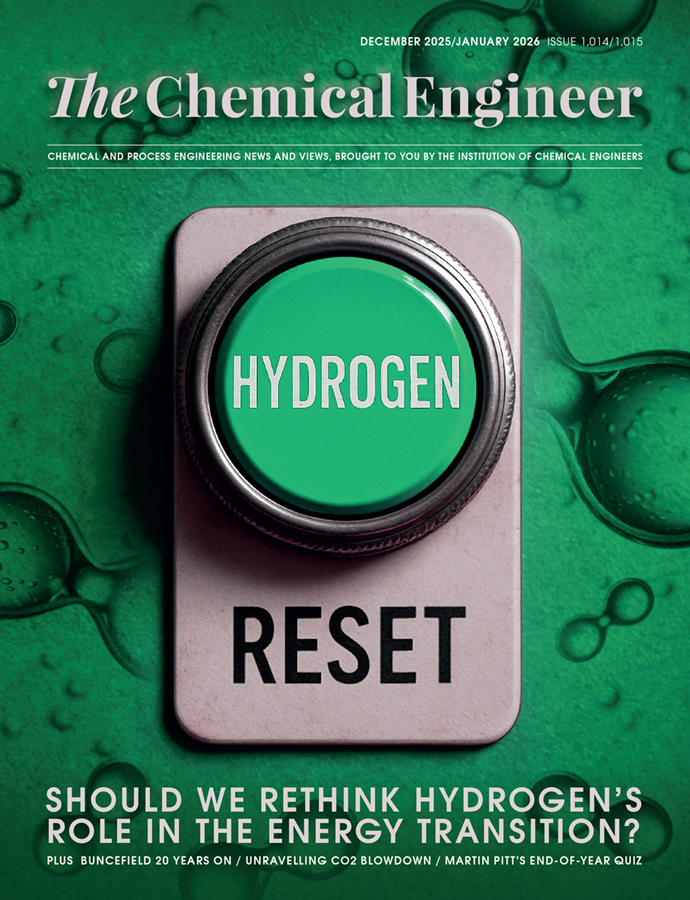‘Non-stick’ coating boosts CO2 electrolysis run-time, paving the way for scalable green fuel production

RESEARCHERS in the US have discovered that applying a “non-stick” coating to electrodes used in CO2 electrolysis can significantly extend the process’s runtime.
Electrochemical CO2 reduction uses electrolysis to convert CO2 gas into organic compounds such as alcohols, ethylene, and formic acid, which can then be used as fuels and feedstocks. However, the technology is limited by a short runtime, as salt buildup on the electrodes means they must be replaced after a few hundred hours.
In a recent study published in Nature Energy, researchers at the University of Houston and Rice University report that coating the electrodes in parylene, a PFAS-free polymer similar to Teflon, can extend the system’s runtime to more than 1,000 hours.
The researchers believe their lab-scale technology shows promise for “easy scalability”.
Haotian Wang, an associate professor in chemical and biomolecular engineering at Rice University and an author of the recent study, said: “We are excited by this significant improvement in the device’s performance and life, and we believe that the easy scalability of these solutions to commercial applications will drive wider adoption of [electrochemical CO2 reduction] as a means to manufacture chemicals and combat climate change.”
Xiaonan Shan, an associate professor of electrical and computer engineering at the University of Houston, said: “This advancement paves the way for longer lasting and more reliable systems, making the technology more practical for large-scale chemical manufacturing.
“The improvements we developed are crucial for transitioning CO2 electrolysis from laboratory setups to commercial applications for producing sustainable fuels and chemicals.”
Inspired by nature
The researchers had initially set out to understand why salt builds up on the cathode in electrochemical CO2 reduction. They found that higher concentrations of cations like sodium and potassium in the electrolyte caused more salt to accumulate at the cathode.
Wang said their non-stick cathode design was “inspired by the waxy surface of the lotus leaf”, which causes water droplets to bead up and flush dirt away. The researchers found that their parylene-coated cathode allowed far more cations to be flushed away than non-coated cathodes.
Parylene is viewed as a green alternative to traditional non-stick polymers such as Teflon as it is PFAS-free and releases fewer toxic byproducts in its production. It is, however, more expensive and complex to manufacture.
Recent Editions
Catch up on the latest news, views and jobs from The Chemical Engineer. Below are the four latest issues. View a wider selection of the archive from within the Magazine section of this site.




